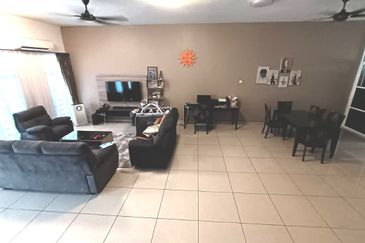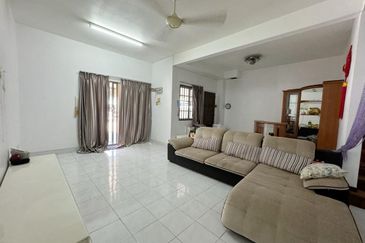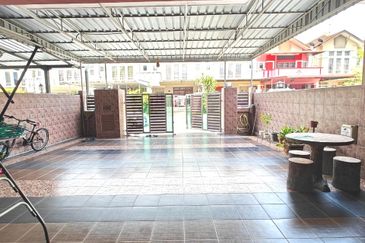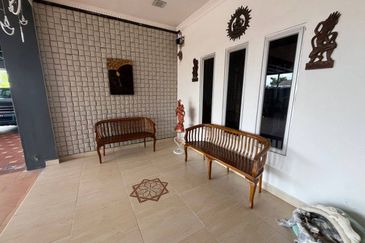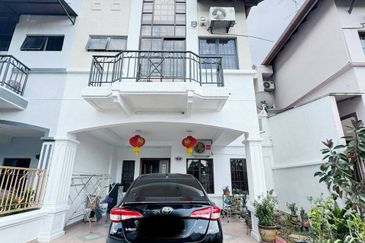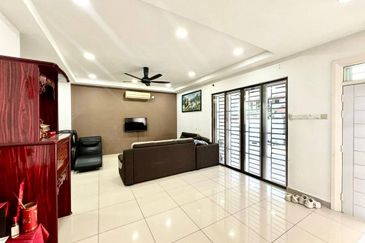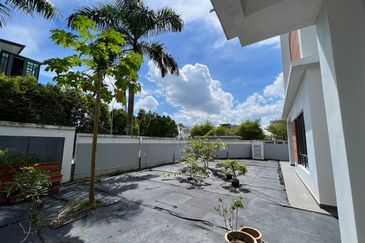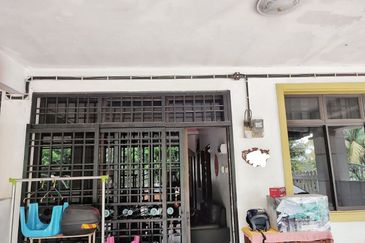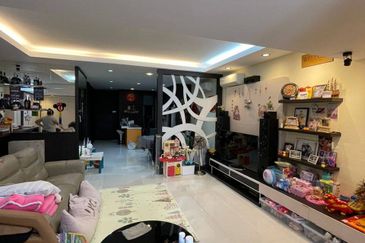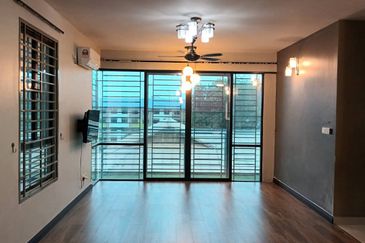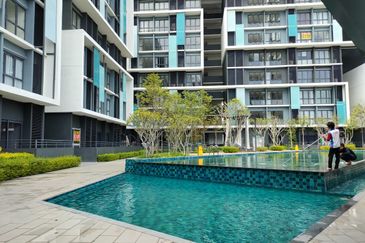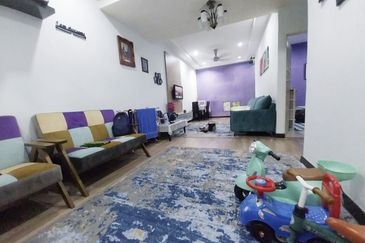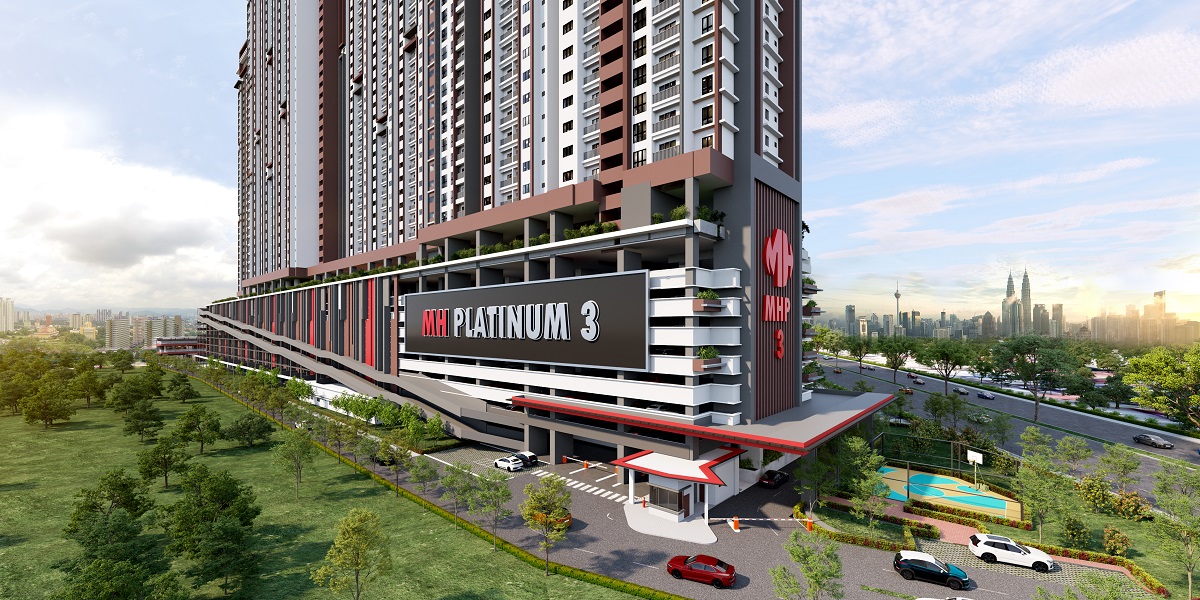WITH the Sungai Buloh-Kajang (SBK) mass rapid transit (MRT) Line 1 proceeding smoothly on schedule, attention now turns to two new lines — the MRT2 Circle Line and MRT3 North-South Line — that will be coming up in the Klang Valley to complement the SBK line.
The detailed alignments of the MRT2 and MRT3, which will be unveiled by end-2013 is expected to stir interest in the construction and property sectors, especially in areas like Kepong, Selayang and the Matrade Centre, which will fall within the coverage of the two new lines.
According to the Land Public Transport Commission's (SPAD) Urban Rail Development Plan, MRT2 and MRT3 are aimed at easing the high flows of travel into central Kuala Lumpur (KL) expected by 2020. The three lines are designed to fulfil the government's key objectives of increasing urban rail capacity.
MRT2 will ease orbital movements in KL by catering to areas currently poorly serviced by public transport. MRT3 is intended to enhance transport capacity in the northern corridor, which is expected to struggle to meet demand even with the upgrading works planned for the KTMB Line.
The MRT2 Circle Line will form a complete circle from Ampang to East Sentul, connecting existing locations like Mid Valley, Bangsar, Mont Kiara and the Naza Group's Matrade Centre, a key major development identified in the KL City Hall City Plan.
MRT3, on the other hand, will link the developing regions of Sungai Buloh, Selayang and Kepong with the eastern portion of the city centre, including Kampung Baru and the Tun Razak Exchange.
While the exact alignment of these lines have yet to be identified, market observers say the upcoming rail developments will have an impact beyond easing traffic congestion.
Construction and building material companies as well as banks and property developers will all benefit from greater business activity, say analysts.
"I think the same group of Malaysian construction companies, led by the MMC-Gamuda joint venture, will participate in MRT2 and MRT3," says Affin Investment Bank analyst Ong Keng Wee.
"It is only natural if they execute and deliver the SBK line contracts within budget and timelines."
Earlier this month, AmResearch reported that Gamuda was eyeing RM10 billion in new construction orders next year from these two lines, adding that the contracts should be awarded by the fourth quarter of 2013.
MIDF Research's Mohd Iqbal Zainal Abidin concurs, saying these contractors are well-positioned to secure MRT2 and MRT3 packages. They are able "to bid at a lower price given lower mobility costs, as they will utilise the same equipment from MRT1", and they are familiar with the project, he adds.
Meanwhile, property players will see demand flourish in the vicinity of the stations.
"We can expect positive impact on real estate values, rental rates, occupancy rates and land sale prices surrounding the new MRT station areas," says Iqbal.
Considering the reach of MRT2, MRT3 and the SBK, any developer in the Klang Valley with landbank and ongoing projects is likely to reap spillover benefits, says James Wong, managing director of private property consultancy firm VPC Alliance.
"The important thing is how to bring these stations into one's townships and developments. There needs to be a provision of commuters [between townships and stations]. If not, what kind of feeder services are available to connect the townships?
"Developers with MRT stations at their doorsteps... it's definitely a plus point. With this convenience, they will be able to command a premium in selling price and we are already seeing these trends," he adds.
Work on MRT1 has already reached the construction phase. Phase one of the track, running from Sungai Buloh to Semantan, is targeted to begin operations by December 2016 while phase two, from Semantan to Kajang, should be operational by July 2017.
As of early November, Mass Rapid Transit Corp Sdn Bhd had awarded 53 out of 85 MRT work packages totalling RM19.8 billion. The remainder is expected to be awarded by year-end.
The entire SBK line will span 50.8km, with 36 stations. SPAD forecasts a daily ridership of 445,000 once the track is operational.
MRT2 will be developed in at least two phases, partitioned into the south-western and north-eastern sectors, according to SPAD's masterplan. In the former, the line will link Ampang with Mid Valley, Matrade and Sentul, while that in the north-eastern sector will connect Ampang to East Sentul. MRT2 will be 40.6km, with 52 stations.
MRT3, meanwhile, is expected to serve Selayang and Sungai Buloh and will also be built in stages. When completed, the North-South Line will stretch for 61km, with over 67 stations.
The implementation of the MRT2 Circle Line and MRT3 North-South Line are expected to get the green light from the government in the first quarter of next year, AmResearch says in a recent note.
This story first appeared in The Edge weekly edition of Nov 26-Dec 2, 2012.
TOP PICKS BY EDGEPROP
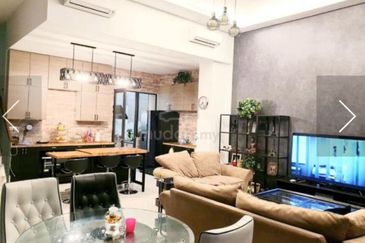
Sunway Emerald Residence
Iskandar Puteri, Johor



